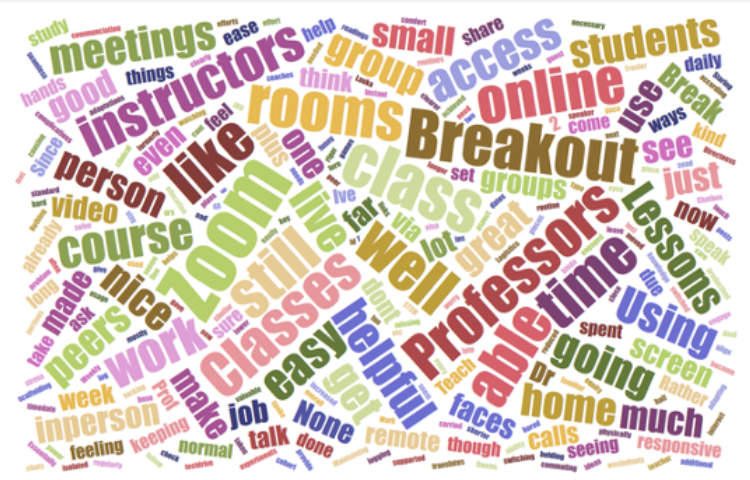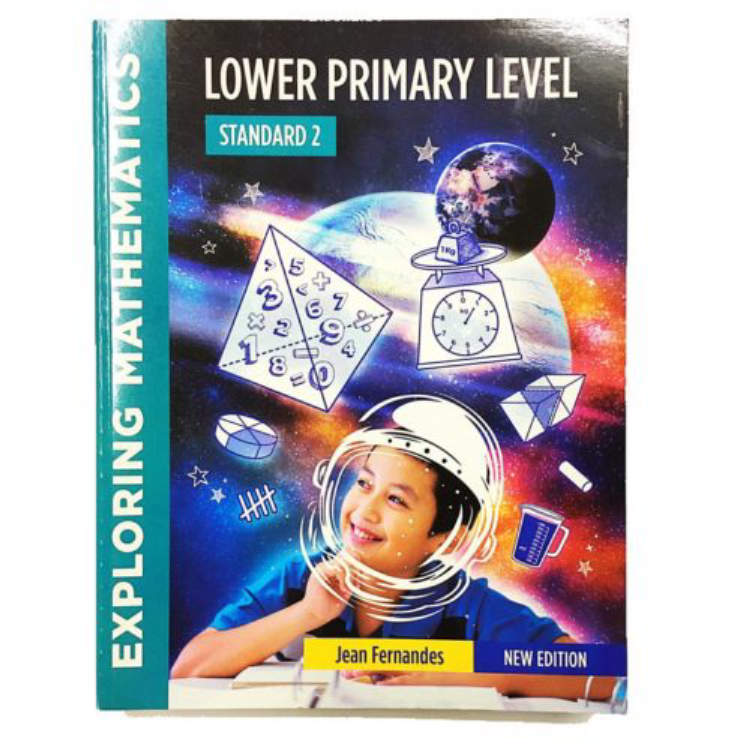Enrolling in higher education is an important decision that determines the future of each individual. Mathematics and Statistics are two subjects that are sought out by many students each year. In this article we will be exploring Mathematics and Statistics Courses in US Universities. Here readers will gain an understanding of what it takes to become a successful Mathematics or Statistics major.
We will look into the varying courses available for each major, the current job expectations for Mathematics or Statistics careers, and the different paths graduates can take to make the most of their degree. By the end of the article, readers should feel more confident in deciding what degree to pursue and which professors to study under.
Overview of Mathematics and Statistics Courses in US Universities
Mathematics and Statistics has been an integral part of the education system in the United States since its inception. Mathematics is a critical subject which has applications in almost all career paths ranging from engineering, medicine, to business. Statistics also helps a person gain an understanding of processes and parameters which helps to enable analysis and decision-making.
US universities offer the opportunity for college students to explore mathematics and learn its applications. Mathematics and statistics courses focus on teaching students to be proficient in problem-solving, thinking analytically, and acquiring mathematical reasoning which are necessary for almost any profession. Several universities across the nation offer varied courses in mathematics resulting in vastly different learning experiences.
In order to gain a comprehensive understanding of the courses available, here is a look at some of the common mathematics and statistics courses that are offered in US universities, including their scope, prerequisites, syllabus, and curriculum.
Mathematics Courses
- Pre-calculus and Calculus: The primary purpose of these courses is to teach students the fundamentals of calculus. Pre-calculus focuses on linear algebra, trigonometry, and some parts of calculus. The goal is to provide an understanding of the fundamentals of basic mathematics. Students learn various techniques associated with logarithms, equations, and graphing.
- Discrete Mathematics: This type of mathematics focuses on a branch of mathematics that does not use real numbers. The course may include topics such as combinatorial theory, group theory, graph theory, and coding theory. Students learn how mathematical models are used to solve real-world problems.
- Real Analysis: This course gives students an in-depth look into the principles and theory of calculus. Students are taught to apply basic calculus to solve problems and understand complex equations.
- Algebraic Theory: Algebraic theory covers a range of topics that include abstract algebra, linear algebra, and number theory. The course emphasizes problem-solving and proofs. It gives students a better understanding of the fundamentals of abstract algebra.
- Logic: Logic courses introduce students to the theory of argument and proof. Students learn techniques to analyze statements and to identify valid and invalid theories.
Statistics Courses
- Introduction to Statistics: This type of course is designed for students who want to gain an understanding of probability and statistics. It covers basic concepts such as descriptive statistics, probability distributions, sampling, and hypothesis testing. Students learn how to use computer software to analyze and understand statistical data.
- Statistical Inference: This course teaches students the principles and techniques used to draw inferences from data. It covers topics such as linear regression, bootstrapping, and sampling. Students learn how to use various mathematical techniques to draw valid inferences.
- Data Analysis: This type of course focuses on the basic principles of data analysis and methodology. Students learn to interpret and analyze data using software such as SAS, SPSS, or R. They also learn how to choose appropriate data analysis methods for different types of data.
- Experimental Design: This course provides students with the knowledge and skills needed to design and carry out experiments. Students learn how to collect data, analyze it, and draw conclusions.
The Benefits of Studying Mathematics and Statistics in the US

Studying mathematics and statistics in the US can bring powerful advantages to students looking for an in-depth understanding of the field. From world-renowned universities to research opportunities to career prospects, the US offers a range of benefits for those interested in mathematics and statistics. Here is a closer look at some of the main benefits.
High-Quality Teaching
Some of the best universities in the world are in the US, attracting some of the brightest minds in mathematics and statistics. Students can benefit from the generosity of these universities, as well as the high-quality teaching provided by distinguished professors. Advanced courses covering topics such as algebra, differential equations, and stochastic processes are just a few examples of the courses offered by US educational institutions.
Strong Career Opportunities
In addition to the high-quality teaching available, mathematics and statistics majors can also find strong career opportunities. Jobs in the private and public sectors, including data science, finance, and operations consulting, await those who have studied mathematics and statistics in the US.
Innovative Research
The US also provides students with the opportunity to engage in innovative research. Many universities offer fellowships, scholarships, and grants for students who want to push the boundaries of knowledge. From advanced analyses of economic data to the exploration of mathematical models, the US provides a platform to explore mathematics and statistics in unique ways.
Acceptance into Graduate Programs
Finally, US universities are held in high regard around the world. This is an advantage for students who wish to pursue graduate studies in mathematics and statistics. Students who have studied mathematics and statistics in the US are more likely to be accepted into advanced programs at prestigious universities around the world.
Key Considerations for Choosing a University Program
Choosing the right university and program can be a daunting task. There are many important factors to consider when selecting a university and a program, such as the quality of the program, cost, available scholarships, academic environment, location and other support services. With all of these factors to consider, it can be quite daunting to take on the task of selecting the right program.
When exploring Mathematics and Statistics courses in US universities it is important to bear in mind the following key criteria:
- Quality of Teaching and Faculty: Spea kwith university faculty, current students and alumni to gain insights into the quality of teaching and mentoring available.
- Program Flexibility: Check the schedule to determine whether the program offers part-time or full-time options, or hybrid programs where some courses are online and some are traditional face-to-face instruction.
- Career Services and Employability: Investigate the career and professional development services provided. Ask about placement rates and typical career paths for graduates of the program.
- Cost of Living: Check the cost of accommodation, transport, health insurance and living costs to be prepared for the lifestyle.
- Fee Structure: Compare the fee structure of different programs and determine the total cost for tuition fees and textbooks.
- Program Accreditations: Check that the program is accredited by the relevant professional body to gain important industry recognition and ensure eligibility for ethical professional standards.
- Project Based Learning Opportunities: Explore the range of capabilities and opportunities available through online and practical project-based learning.
Exploring Mathematics and Statistics courses in US universities requires careful consideration of the different options available on the market today. By taking into account the key criteria outlined above, you will be able to make an informed decision when selecting the right university and program to suit your academic goals.
Conclusion
The study and practice of mathematics and statistics are highly beneficial for students at US universities. This is because they provide a fundamental base of knowledge and skills that will be invaluable in various professional fields. Mathematics and Statistics courses also allow students to become more innovative and creative, enabling them to achieve their academic and professional goals.
Overall, US universities offer a wide range of mathematics and statistics courses, allowing students to explore a variety of topics in these subjects. By taking these courses, students will develop their understanding and mastery of both mathematics and statistics and gain a valuable educational experience.




